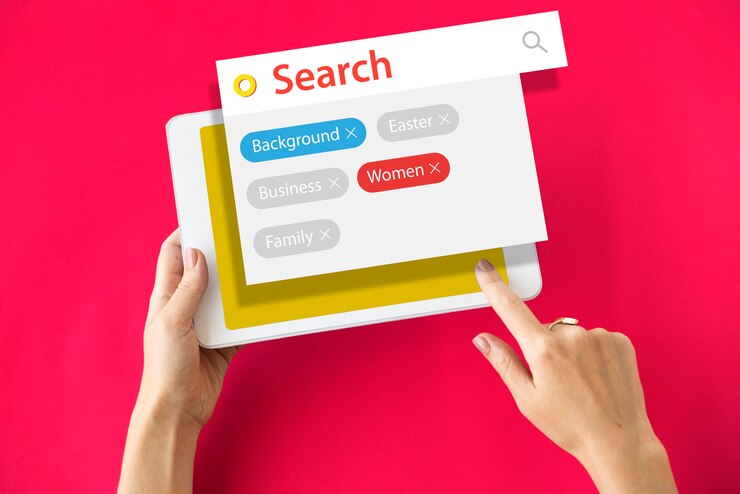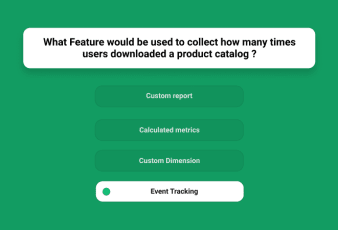A typical search ad headline has up to 30 characters. Up to 90 characters can be used to describe a standard search ad.
You must sell your product or service within this limited character count. Now, you might be wondering – “How can I do it right?”
Let me ask you a few questions…
Do you know the art and science behind Google Ad copies that actually convert? What separates a top-performing ad copy from the one that doesn’t perform?
I’m here to share effective tactics for crafting compelling Google ads. Get ready to learn and have fun writing Google Ads!
Let’s begin!
1. Your Ads Become More Persuasive When Packed With Valuable Information
This fundamental concept comes from David Ogilvy, the pioneer in advertising. If you work with a premium google advertising agency, you are lucky because they follow this principle by heart.
Today, obtaining customer insights is easier than ever.
AnswerThePublic, a valuable tool, helps understand customer thinking. Similar to Google’s autocomplete, it provides insights into user queries.
Consider this segment of results as a resource. Although not every query applies, many of these thoughts likely cross the potential customer’s mind. Your ad copy should address some of these questions based on your research.
Pro: Try to solve a specific problem through your ad copy. Your copy should directly speak to the pain points of the target audience.
2. Create Scarcity
This is a common psychological trick used by top copywriters.
There are two ways to use this tactic:
- Limited Quantity – ‘Filling fast. Get yours now.’
- Limited time – ‘only 5 hours to left”
It’s a classic and effective approach, but use it wisely. Scarcity only works when something is genuinely scarce.
Use a script that integrates a sales countdown calendar into your ad copy through ad customizers for Google Search Ads.
3. Add A Clear Call To Action Every Time You Write A Copy
This is a crucial tip. Your ads aim to attract users to take your desired action, so be explicit about it. For CTA placement, test having it in the headline versus the description text.
Word choice matters. A study of top-performing ads found popular CTAs included verbs like:
- Buy
- Shop
- Try
- Get
- Save
- Learn
Avoid non-CTA words like “Your,” “Free,” “Now,” “Best,” and “Online,” unless relevant to your business.
Use this list of power words for CTA inspiration. Emotional marketing is effective, so start with these.
Your landing page CTA should match your ad’s for a cohesive user experience. Also:
- Use actionable, first-person language.
- Keep it concise.
- Utilize the space below the CTA for additional info.
- Use contrasting colors, clear fonts, and ample white space.
- Keep CTAs above the fold.
- Consider unique shapes for better conversion.
These practices make your CTAs more effective.
Related: 5 Google Search Tips to Find Information Fast
4. Ensure Your Ads Stay Up-to-Date
Let’s talk about being relevant. Recent events often attract more attention.
Apply this to your Google ads. Try mentioning recent customer numbers in your ad copy.
Adding specific numbers can boost conversions. For example, you can talk about how people have received your services lately.
Example – “Join the league of 75,000+ happy customers.”

5. Personalization Leads To Optimum Conversions
Are your ads too self-focused, using “we,” “us,” “I,” and not “you”? These self-centered words can harm your click-through rates and conversions.
Make it personal, as if you are specifically talking to them. To resonate with your audience, prioritize the word “you” in your ads. Compare these examples and see which one excites you to click. Craft ads that put “you” in the spotlight and emphasize benefits.
6. Don’t Be Vague – Being Specific With Numbers Enhances Credibility
To boost performance, use exact numbers, as they are more believable. Specificity increases credibility, making your ads more effective.
Consider the example below:
Example: 1 – “Boost Your Traffic with us.”
Example: 2 – “3X website traffic within 60 days.”
There is no doubt that the second copy is more effective. Here, numbers clearly demonstrate the promise.
7. Add Empathy in Your Copy
Empathy is a key principle in sales and marketing, emphasizing understanding the customer’s needs.
Empathy comes from:
- Addressing concerns.
- Offering solutions.
- Putting yourself in your audience’s shoes and fulfilling their needs.
- Using emotional language that shows empathy and understanding. For example, “we make it easy for you.”
- Incorporating emotional triggers that align with their needs, whether it’s a sense of relief, joy, or security.
It’s Time To Write An Effective Google Ads Copy!
After you’ve got your strategies, it’s time to put them into practice. My experience tells me that testing your copies is key to success.
Create different ad sets for each campaign and test them A/B. Check analytics to see which Adset has performed the best.
A practical approach to success can be found here.
When theoretical knowledge is applied and tested, it will produce results.
That’s all there is to it! Now is the time to say goodbye. Feel free to contact me if you have any further questions.
Read Also:




























